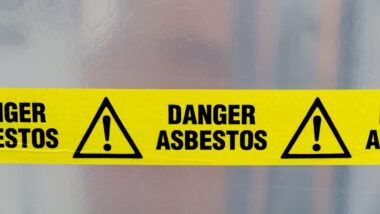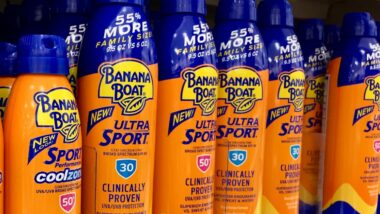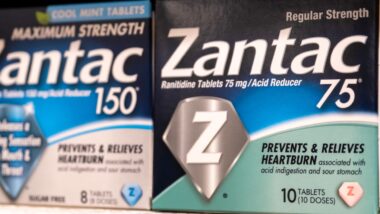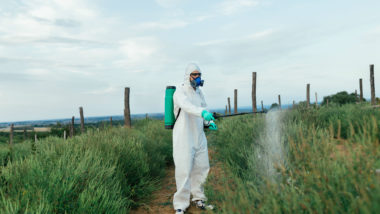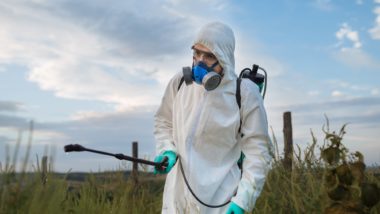Top Class Actions’s website and social media posts use affiliate links. If you make a purchase using such links, we may receive a commission, but it will not result in any additional charges to you. Please review our Affiliate Link Disclosure for more information.
Many firefighters, airport workers, chemical plant workers, and military members are exposed to PFAS (per- and polyfluoroalkyl substances) through frequent use of aqueous film forming foam (AFFF). This exposure can lead to an increased risk of cancer and other serious health problems. PFAS contamination in groundwater is also a major health concern that can lead whole communities to be exposed to these dangerous chemicals. PFAS are manufactured chemicals used to make AFFF and to treat a variety of different products.
Risks of exposure to PFAS
According to the Rhode Island Department of Health (RIDH), if PFAS are ingested they can build up in the body and lead to adverse health effects. The likelihood of becoming ill depends on the extent of the build-up and the length of the exposure. Those most at risk include women who are pregnant or likely to become pregnant and children.
While more research is needed to accurately predict what health effects may accompany PFAS exposure, the RIDH reports that developmental birth-defects and other pregnancy complications have been linked to PFAS. Lowered chances of getting pregnant, increased blood pressure for pregnant women, low infant birth weights, increased cholesterol, an increased risk of cancer, and a weakened immune system are all risks associated with PFAS exposure, as well.
How can you be exposed to PFAS?
According to the RIDH, water sources near PFAS manufacturers and industrial sites that frequently use PFAS can become contaminated. Some products such as carpets and textiles are treated with PFAS to resist stains; the air or dust in enclosed spaces with products treated with PFAS may be contaminated. Some military bases frequently use PFAS, and ponds, lakes, and groundwater in the area may receive run-off or seepage PFAS contamination. Some fish, food items, and food packaging may also contain PFAS contamination, according to the RIDH.
 PFAS contamination sites
PFAS contamination sites
PFAS production facilities, facilities that manufacture products made with PFAS, and industrial sites that frequently use PFAS can all lead to PFAS contamination sites. Oil refineries, airfields, and areas that use PFAS for firefighting are also hot spots for PFAS contamination, according to the Environmental Protection Agency. Drinking water near these communities can be contaminated.
PFAS in Water
PFAS don’t break down easily, so they can stay in contaminated areas for long periods of time. PFAS in water is one of the key components to PFAS exposure for consumers. Fish living in the contaminated water may carry contamination with them to stores and dinner tables. Crops irrigated with contaminated water can then become contaminated themselves. According to the RIHD, the EPA has released estimates dictating the maximum amount of PFAS that can be allowed in drinking water, but RIDH claims these estimates are too low.
How to decrease exposure
If PFAS have been detected in your town’s drinking water, there are a few steps to take and a few things to avoid to decrease your exposure. First, don’t boil your water. Boiling water can concentrate the dangerous chemicals it contains. Try sticking to bottled alternatives for your drinking water, and make sure to prioritize using safe water for your food preparation and brushing your teeth. If you have an infant who takes formula, you may consider an alternative that doesn’t require adding water.
PFAS lawsuit examples
According to Bloomberg Environment, so far, New York, New Jersey, New Hampshire, and North Carolina have all filed lawsuits against manufacturers of PFAS. These lawsuits claim that the manufacturers knowingly contaminated water supplies and damaged natural resources. Companies names in these suits include Chemours, DuPont, 3M, Tyco Fire Products LP, Chemguard Inc., Buckeye Fire Equipment Co., National Foam Inc., Kidde-Fenwal Inc., Amerex Corp., and Fire Service Plus Inc.
States aren’t the only ones suing over this issue. At the end of 2018, more than 75 class-action lawsuits were filed against 3M over their AFFF firefighting foam. All of the suits claim that PFAS contamination caused harm to plaintiffs and contaminated groundwater. Again, plaintiffs argued that 3M knew or should have known about the danger posed by the chemicals they were using. The lawsuit argues that thousands were unnecessarily exposed to PFAS via contaminated water.
Filing a PFAS contamination lawsuit
If you or a loved one were exposed to PFAS contamination and subsequently developed breast, kidney, pancreatic, prostate, kidney, or testicular cancer, you may be eligible for compensation from the manufacturers of this dangerous substance. If you qualify, damages may be awarded to cover your medical bills, pain and suffering, lost wages, and any other losses that occurred as a result of your exposure.
If you or someone you love developed cancer after being exposed to firefighting foam, you may have a legal claim. Fill out the form on this page now to find out if you qualify to participate in a free firefighting foam lawsuit investigation.
ATTORNEY ADVERTISING
Top Class Actions is a Proud Member of the American Bar Association
LEGAL INFORMATION IS NOT LEGAL ADVICE
Top Class Actions Legal Statement
©2008 – 2024 Top Class Actions® LLC
Various Trademarks held by their respective owners
This website is not intended for viewing or usage by European Union citizens.
Get Help – It’s Free
Join a free firefighting foam cancer class action lawsuit investigation
If you qualify, an attorney will contact you to discuss the details of your potential case at no charge to you.
PLEASE NOTE: If you want to participate in this investigation, it is imperative that you reply to the law firm if they call or email you. Failing to do so may result in you not getting signed up as a client or getting you dropped as a client.
Oops! We could not locate your form.

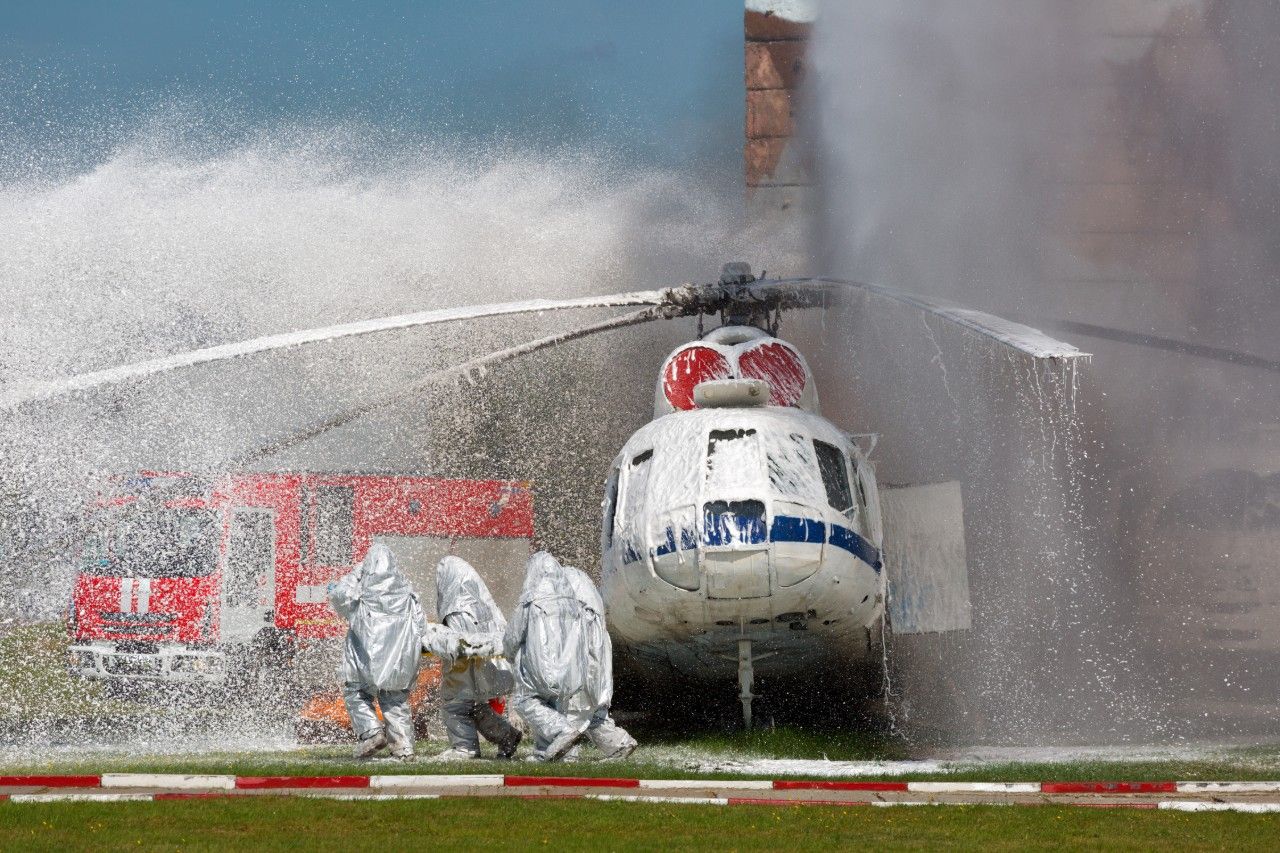
 PFAS contamination sites
PFAS contamination sites